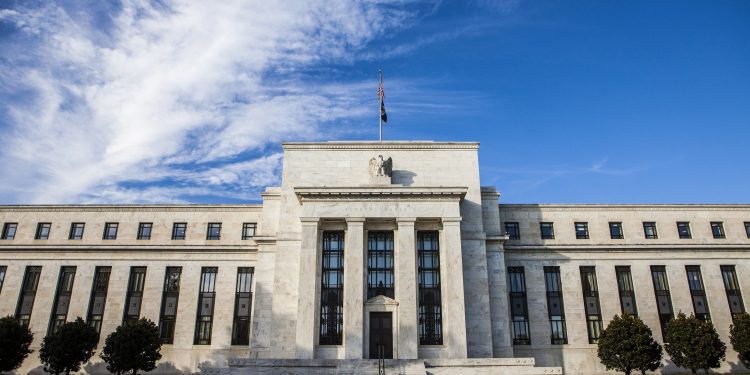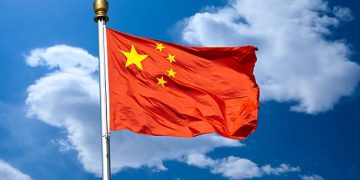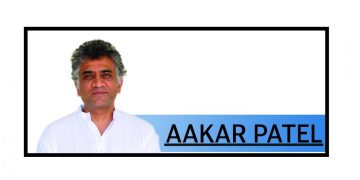Washington: The last time major central banks shifted gears together; it was a cooperative move to keep the financial crisis of a decade ago from becoming a full-bore, worldwide depression.
Now, a new round of global rate cutting risks taking on a competitive edge as policymakers try to stay ahead of rising trade tensions, a volatile investment climate, and a shift in the political mood from shared support for globalization to a more zero-sum battle over a slower-growing world economy.
It’s a situation that has created deep internal divisions at the European Central Bank, the Bank of Japan (BoJ) and the US Federal Reserve as officials debate how to confront a global slowdown with limited room to cut interest rates, and with elected officials pursuing policies that may be doing harm, at least in the short run.
The three institutions, particularly the Fed, set financial conditions that influence interest rates, exchange rates and capital flows worldwide, and all three are expected to loosen monetary policy when they meet over the next eight days.
If the situation seems to echo the coordinated easing of a decade ago, the focus on trade and the fate of global manufacturing have created a different landscape, where winners in one part of the world may come at the expense of losers elsewhere.
“The worst thing that could happen is a global race to the bottom,” among central bankers in Tokyo, Frankfurt and Washington, said one official familiar with the BoJ’s thinking, who spoke on condition of anonymity.
Not everyone feels the need for looser policy, and indeed Japan in particular is concerned about it.
If the Fed and ECB do as expected at their upcoming meetings, BOJ officials will be torn between how a stressed financial system may respond to ever lower rates, and how Japanese exporters may be damaged if the yen rises in value as a result of the actions of those other central banks.
European officials, disappointed that elected leaders haven’t spent aggressively to boost economic growth, are sparring over how much lower already negative rates can go without causing problems, how expansive other ECB programs should become, and what good any of it might do.
At the Fed, policymakers are split over whether to cut a lot, a little or not at all.
In each case, officials are reckoning with the fact that their economies and financial systems have become so tied together that fully independent policymaking, insofar as it ever was possible, may be a thing of the past.
“We really thought monetary policy had things under control,” and would be able to offset whatever programs elected leaders chose to pursue, even a trade war, said Tara Sinclair, an economics professor at George Washington University.
“Does that work in a super low interest rate world and in a very integrated world?” when central banks may have lost much of their traditional influence over the domestic economy.






































